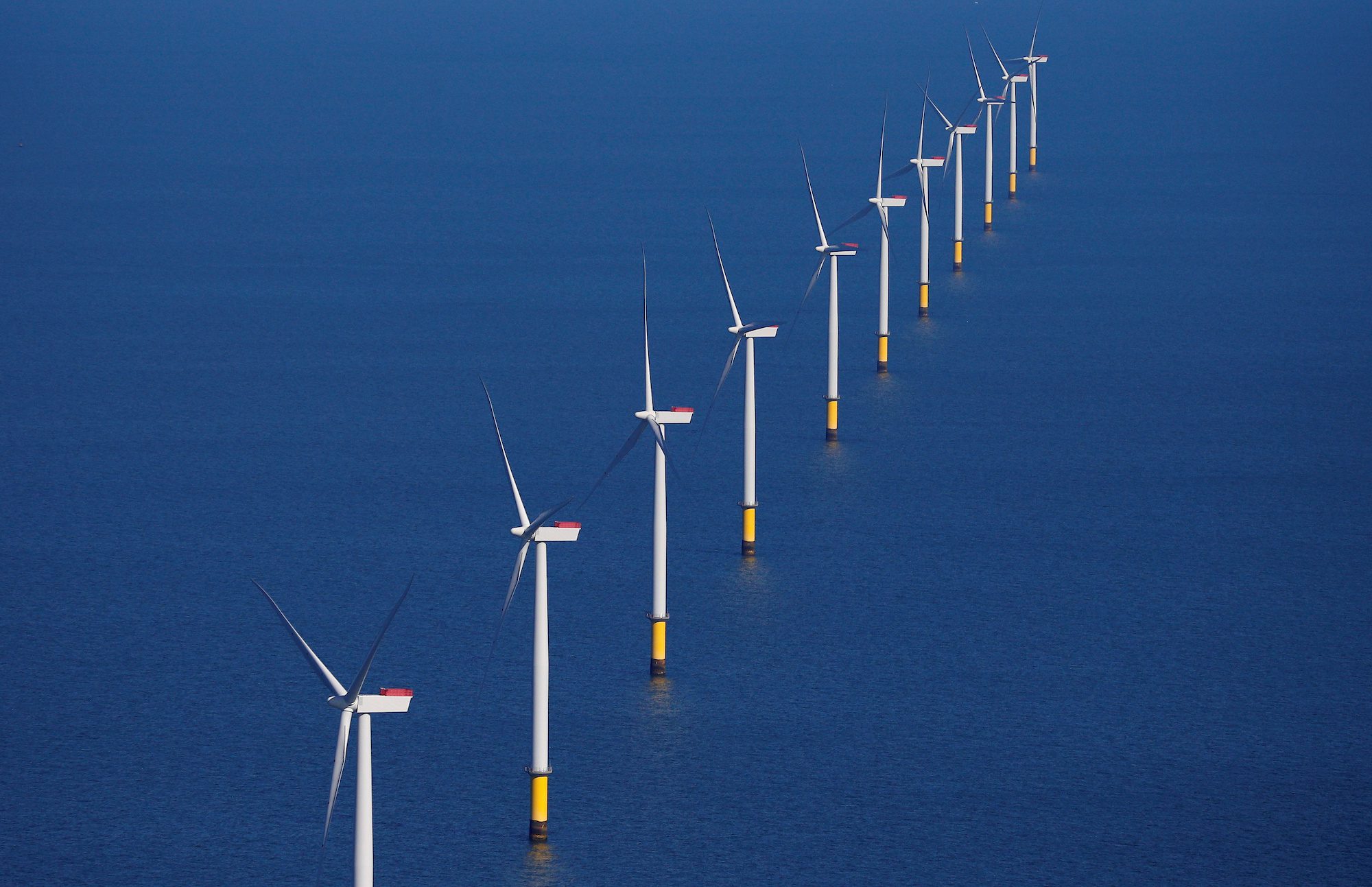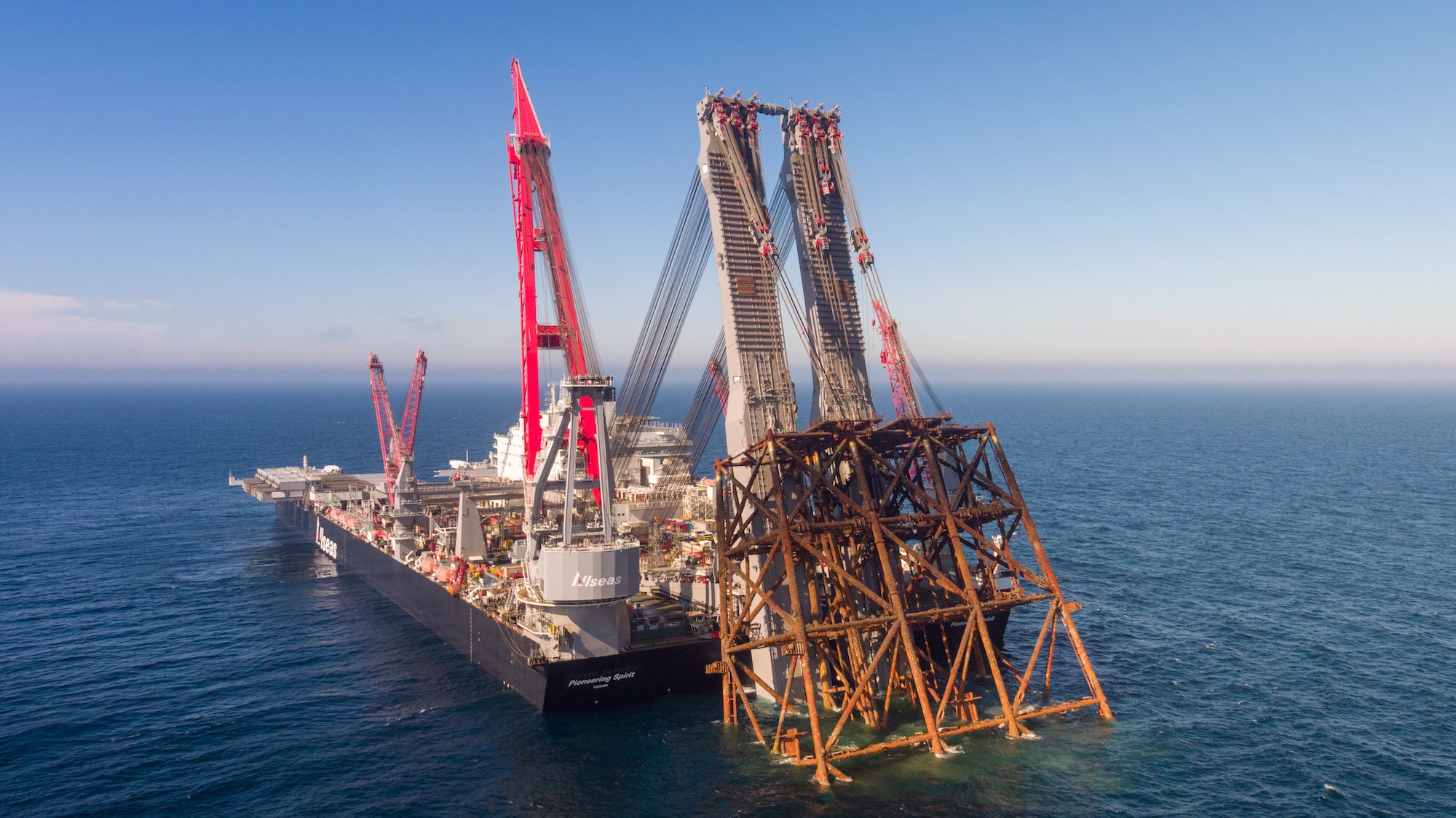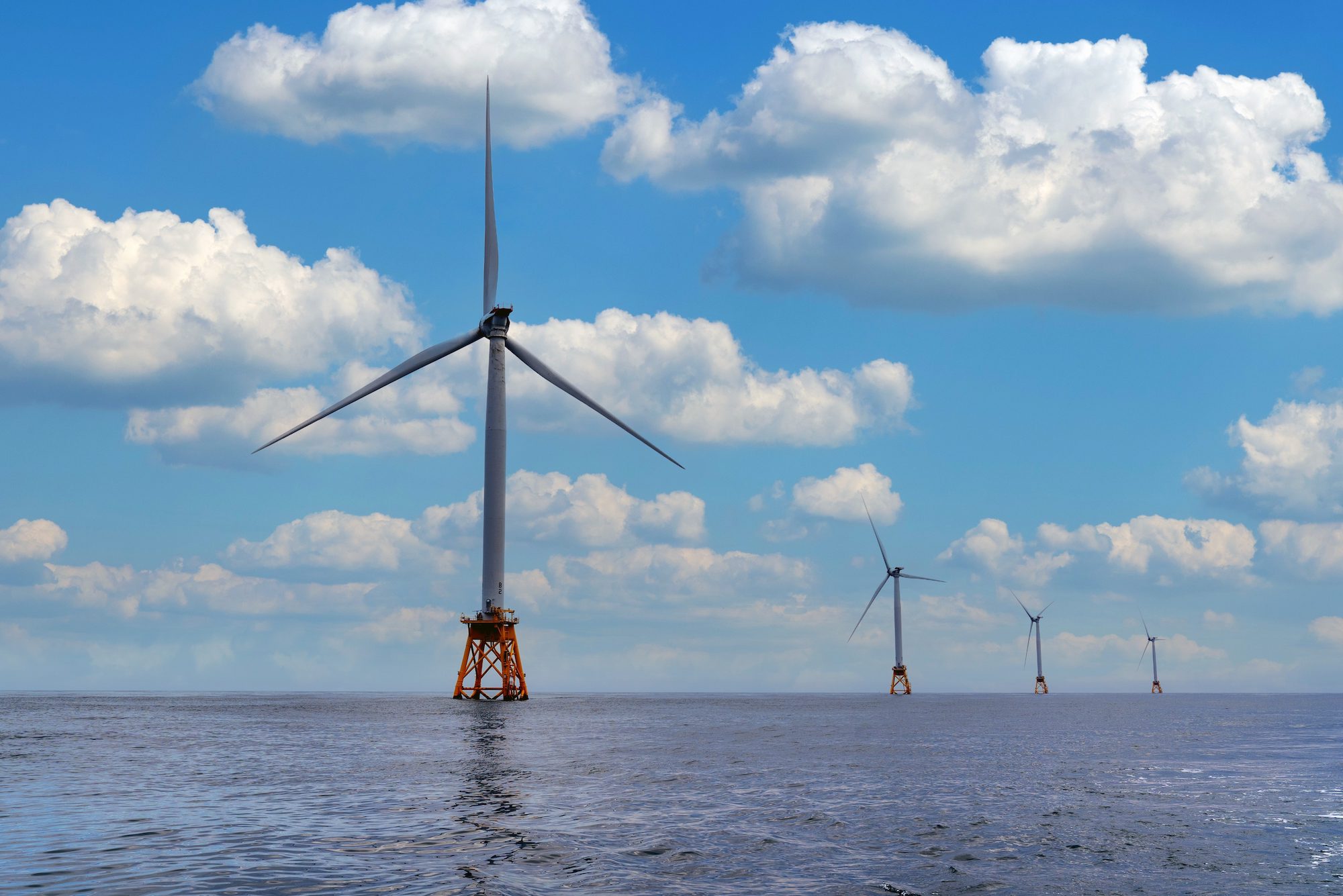By William Mathis (Bloomberg) —
Building power plants in the middle of the sea was never going to be easy.
The world’s largest developer of offshore wind farms Orsted A/S has found that some of its cables connecting to wind farms have been damaged by scraping against rocks on the seabed and will need to spend as much as 3 billion Danish kroner ($489 million) to fix them. It’s part of the growing pains for the offshore wind industry that’s become one of the fastest-growing sources of electricity.
Offshore wind farms involve a network of turbines with cables that connect to shore and into the power grid. The open seas provide stronger and more consistent wind speeds than on land.
Orsted’s Race Bank wind farm, off the east coast of England capable of powering about 500,000 homes, experienced a cable failure recently. Investigators discovered that a system meant to protect the cables had been damaged by scraping against the rocks that had been placed on the seabed to prevent erosion.
“With movement in the sea, these cable protection systems get damaged,” said Marianne Wiinholt, Orsted’s Chief Financial Officer.
The company identified a total of 10 projects in the U.K. and Europe that used the same design that may need to be remedied.
Some projects will be easy to fix. The company can just dump more rocks on top of the cables to make them stay in place.
“It’s quite a limited cost to dump more rocks,” Wiinholt said.
But in other cases, Orsted will have to repair or replace the cables. That’s the pricey option that will make up the bulk of the cost, Wiinholt said.
Laying cables on top of rocks this way was industry standard at the time the wind farms were built several years ago, but is no longer used. It’s possible that other developers will find similar issues with their existing wind farms as well.
© 2021 Bloomberg L.P.
Sign up for our newsletter

 Join The Club
Join The Club











